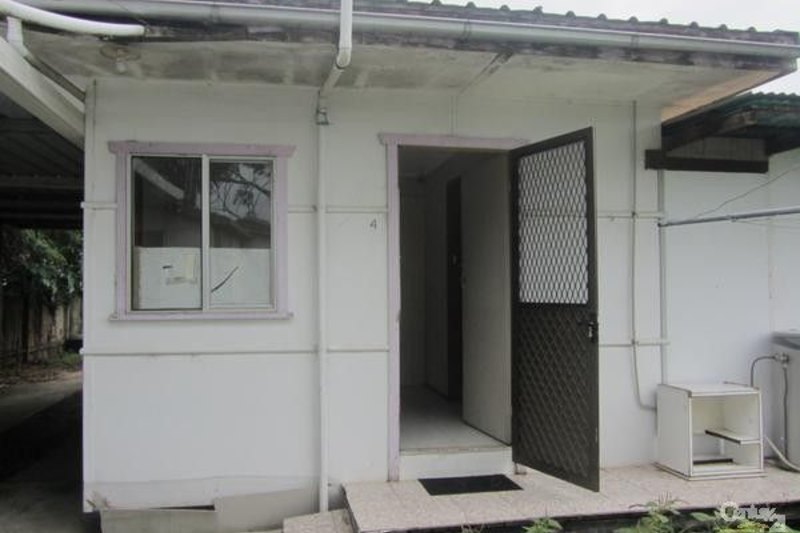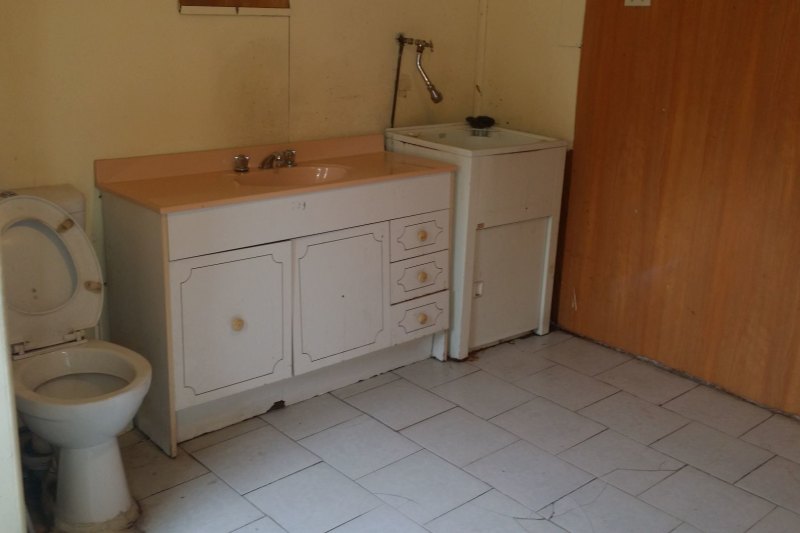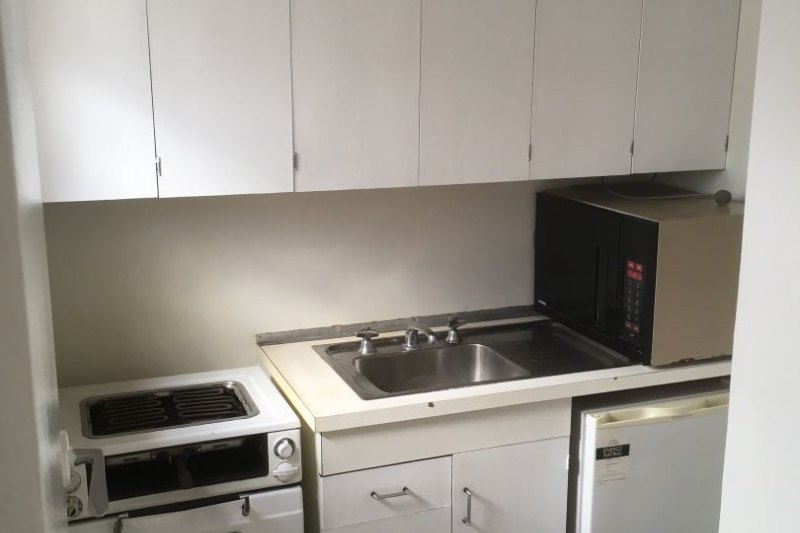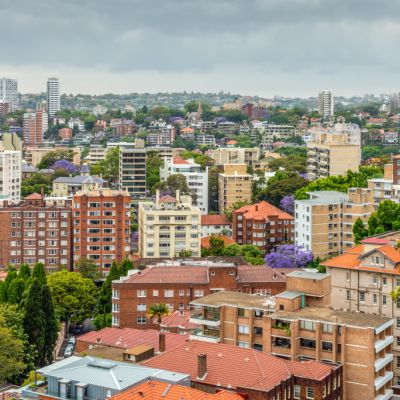Which suburbs could renters afford on increased welfare payments?
Low-income households could not afford to rent the typical unit in any suburb of any major city despite increases in welfare payments and rent assistance.
The federal government announced a $40 fortnightly increase to income support payments, such as JobSeeker and Youth Allowance, in Tuesday’s budget, as well as a 15 per cent increase in Commonwealth Rent Assistance – the first real rise in more than three decades.

A single tenant, receiving increased JobSeeker and maximum rent assistance, would have income of $457 a week. To avoid housing stress, they would need to keep housing costs below 30 per cent of their income, giving them a budget of $137 a week for rent.
In practice, they would have to spend at least $175 – or 38 per cent of their income – a week in rent to qualify for the maximum rent assistance.
There are no suburbs in any capital city with a median unit rent at that level, on Domain data.
The only town with a median unit rent of $175 a week is Cobar, west of Dubbo.

It is just as grim for renters who are single parents with one or two children, and receive increased JobSeeker with rent assistance and the family tax benefit. Their budget for an affordable rental would be $150 a week, but in practice to receive the maximum rent assistance their rent would need to be at least $215 a week or 43 per cent of their income.
The only towns where the median unit rent is at this level are Cobar, Stawell in Victoria ($195 a week), Glen Innes in NSW ($200 a week) and Broken Hill in NSW ($215 a week).
The calculations do not account for an indexation increase for income support payments expected in September. The analysis excludes rental markets too small to calculate a statistically reliable median price.
Experts said that while the increase in income support payments and rent assistance was welcome, it did not come close to solving the housing crisis and homelessness.

Australian Council of Social Service (ACOSS) chief executive Dr Cassandra Goldie said the scant options afforded to low-income households even after the increase highlight the severity of the problem.
“This is a shocking reflection of how far behind income support payments have fallen in terms of rents. It shows we have a long way to go to ensure people can afford to keep a roof over their head,” she said.
“The majority of people on JobSeeker will continue to be in housing stress because their incomes are simply insufficient to meet the cost of private rental and other essentials.”
ACOSS welcomed the extra rental assistance but is calling for all payments to be lifted to at least $76 a day, and the rate of rent assistance doubled.

Homelessness Australia chief executive Kate Colvin welcomed the increases to income support payments and rent assistance but said a much bigger investment was needed.
“This increase in rent assistance will help, but it’s not going to be enough to make rents affordable for many people,” Colvin said, calling for investment in social and affordable housing and more significant increases to rent assistance and JobSeeker.
“Every dollar in people’s pockets when they are struggling in the rental market is important. But rents have increased so astronomically that even these increases are not enough to fix the problem.”
Tenant groups in NSW and Victoria have acknowledged the long-awaited increases to rent assistance as a good start but said more was needed.
Tenants’ Union NSW chief executive Leo Patterson Ross said the increase to base income support payments did not go far enough and called for more social and affordable housing.
“The increase means people are still well below the poverty line and are unable to afford properties in the vast majority of the country. We should not have people living in poverty and increasing the JobSeeker and other related payments to the poverty line is really important,” Patterson-Ross said.
Independent Tasmanian-based economist Saul Eslake said the government could have spent more supporting low-income households, but it would have come at the cost of the broader economy.
“Many people said the cost-of-living relief measures could have been bigger, and arguably they could have been since the budgetary position is much stronger than it had been foreshadowed,” Eslake said.
“But against that, the government had to be conscious that if they had done significantly greater they could have generated higher inflation when the RBA is trying to constrain growth.
“It underscores that there’s not a lot the government can do in the short term and what they need to do in the medium term is increase housing supply, especially affordable and social housing … that’s what they’re trying to do through the housing fund and other measures.”
We recommend
States
Capital Cities
Capital Cities - Rentals
Popular Areas
Allhomes
More









